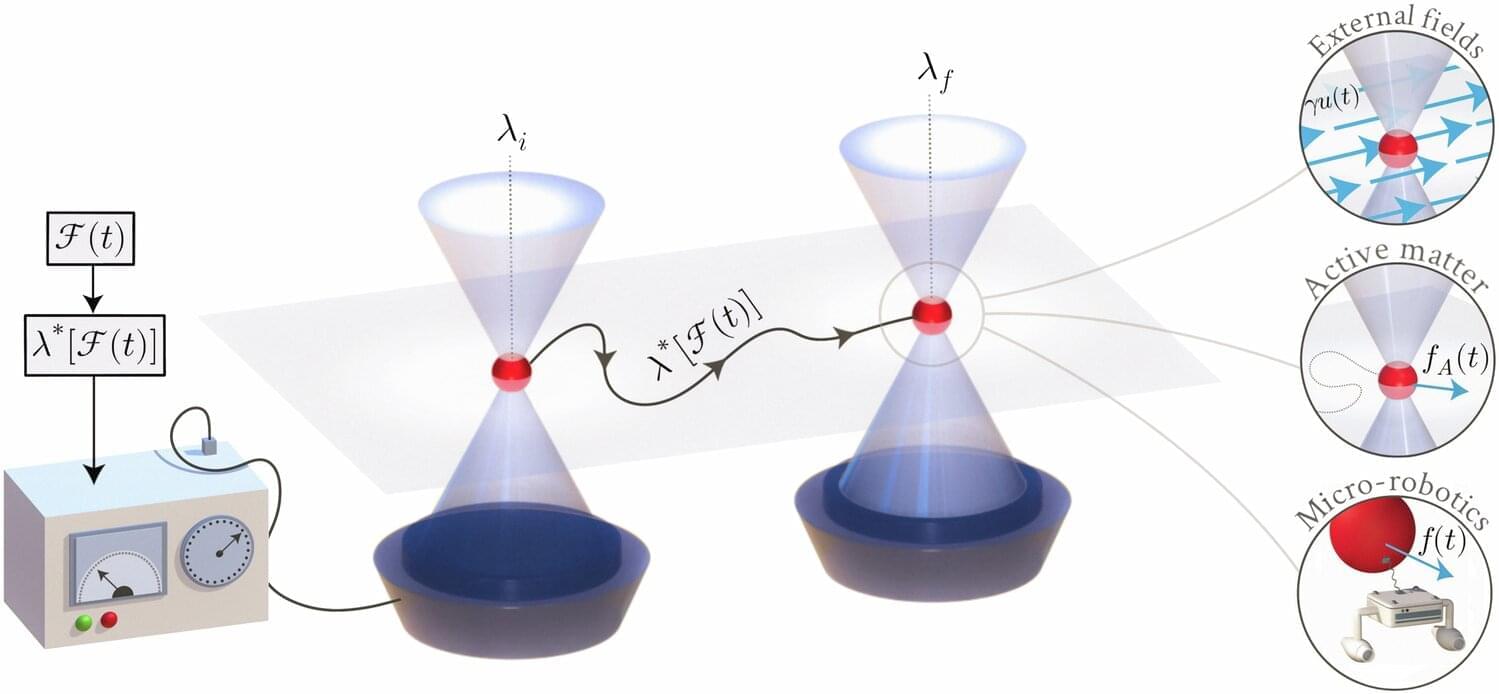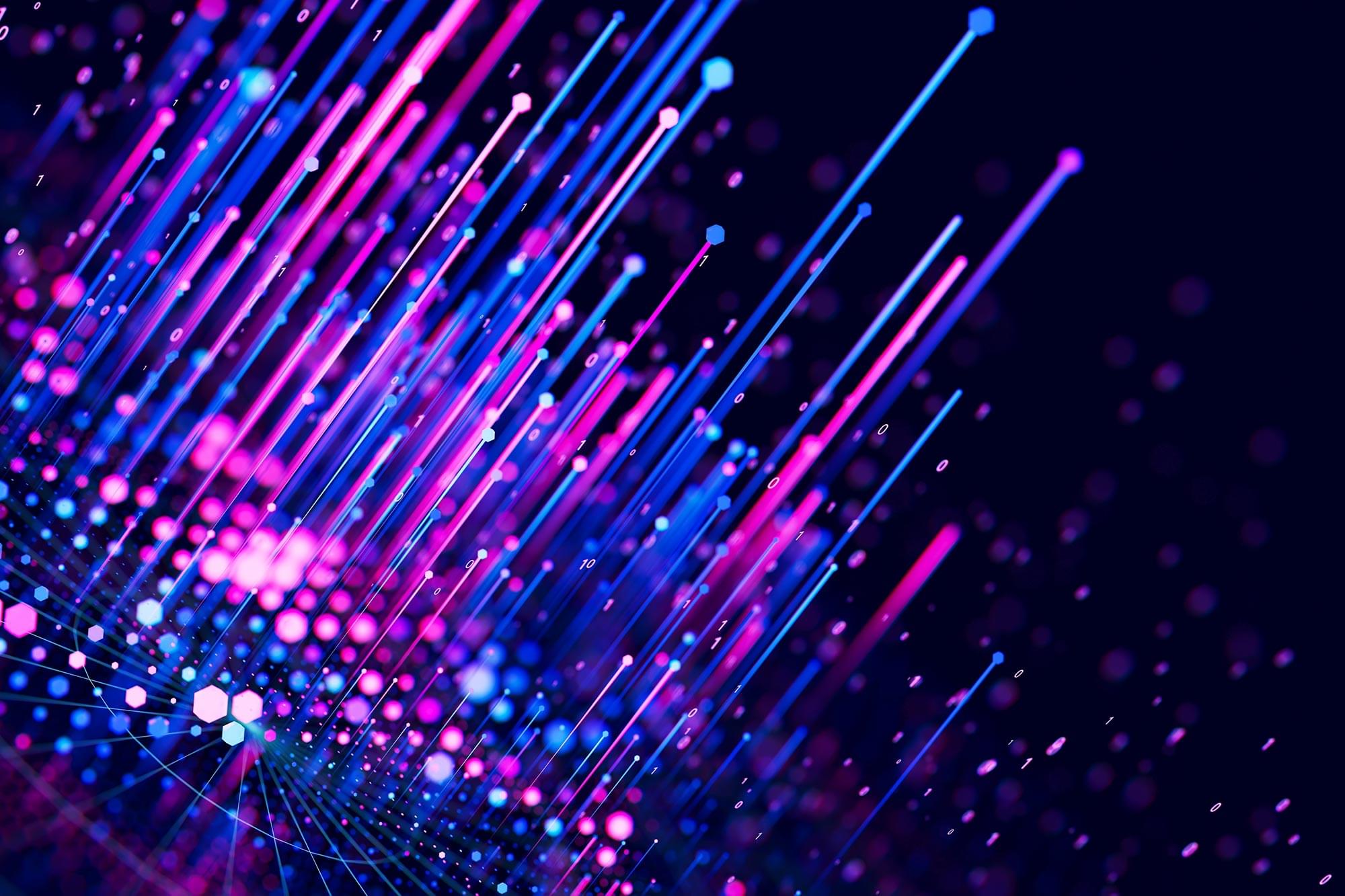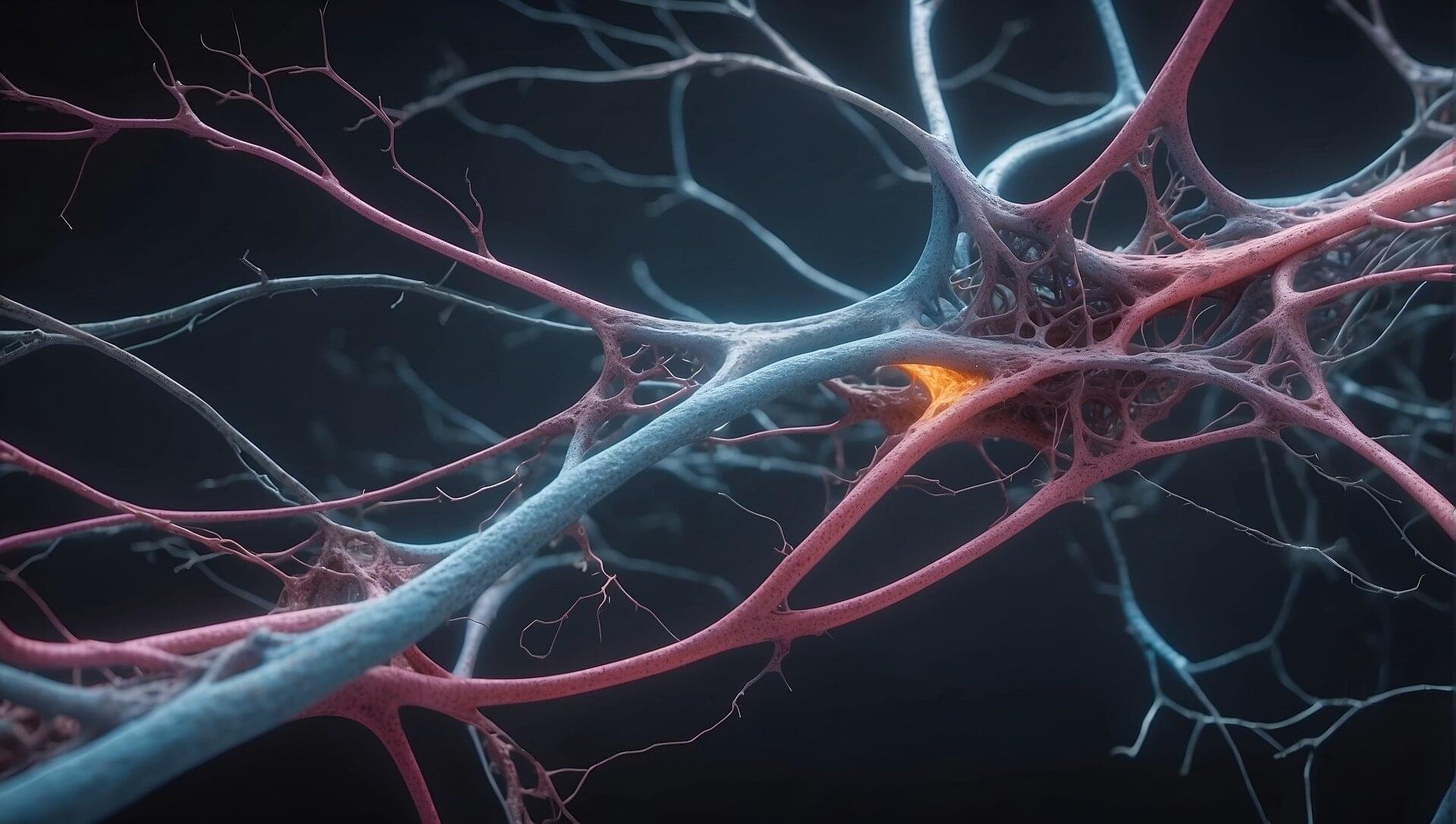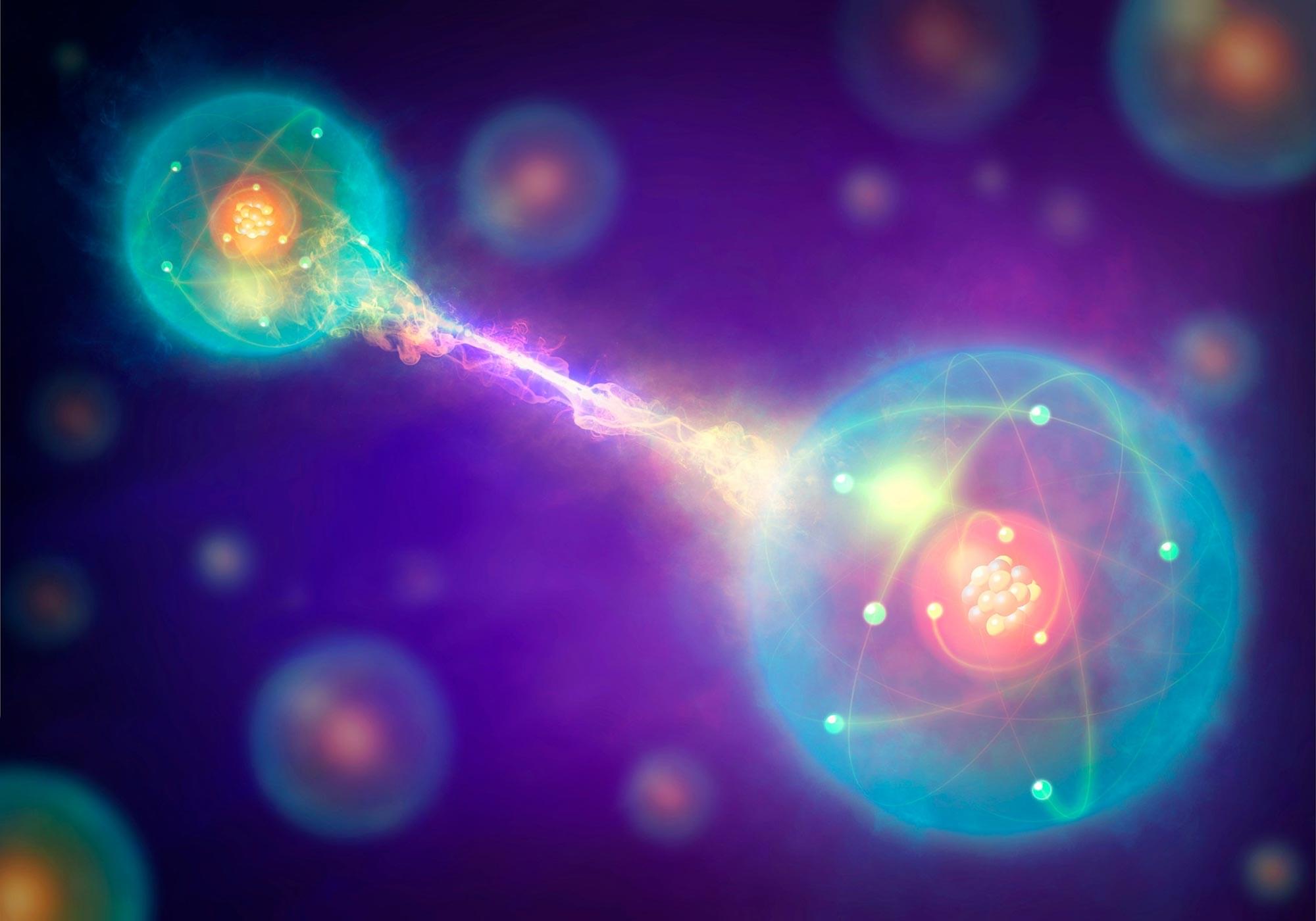The knots in your shoelaces are familiar, but can you imagine knots made from light, water, or from the structured fluids that make LCD screens shine?
They exist, and in a new Nature Physics study, researchers created particle-like so-called “vortex knots” inside chiral nematic liquid crystals, a twisted fluid similar to those used in LCD screens. For the first time, these knots are stable and could be reversibly switched between different knotted forms, using electric pulses to fuse and split them.
“These particle-like topological objects in liquid crystals share the same kind of topology found in theoretical models of glueballs, experimentally-elusive theoretical subatomic particles in high-energy physics, in hopfions and heliknotons studied in light, magnetic materials, and in vortex knots found across many other systems,” explains Ivan Smalyukh, director of the Hiroshima University WPI-SKCM² Satellite at the University of Colorado Boulder and a professor in CU Boulder’s Department of Physics.







